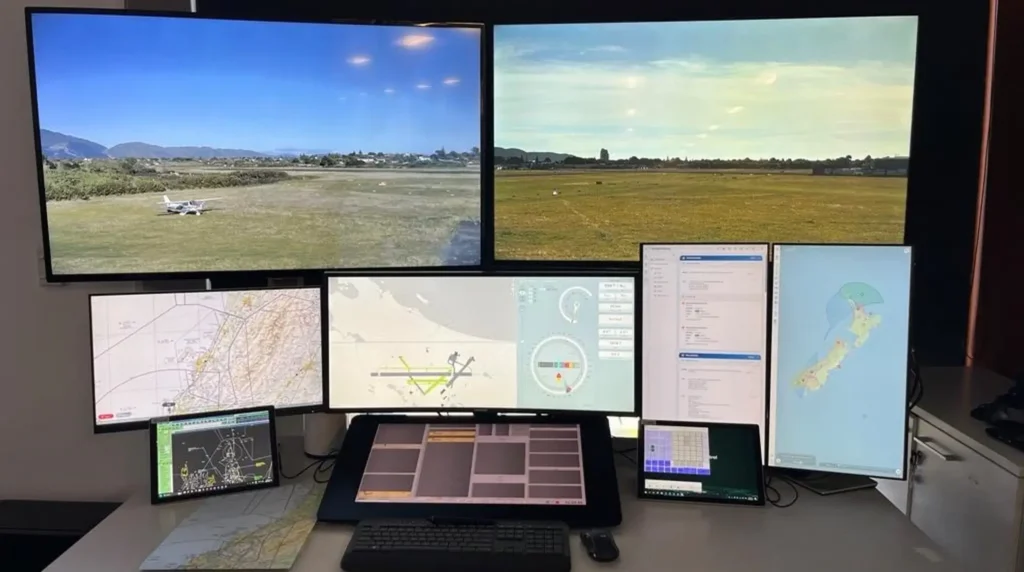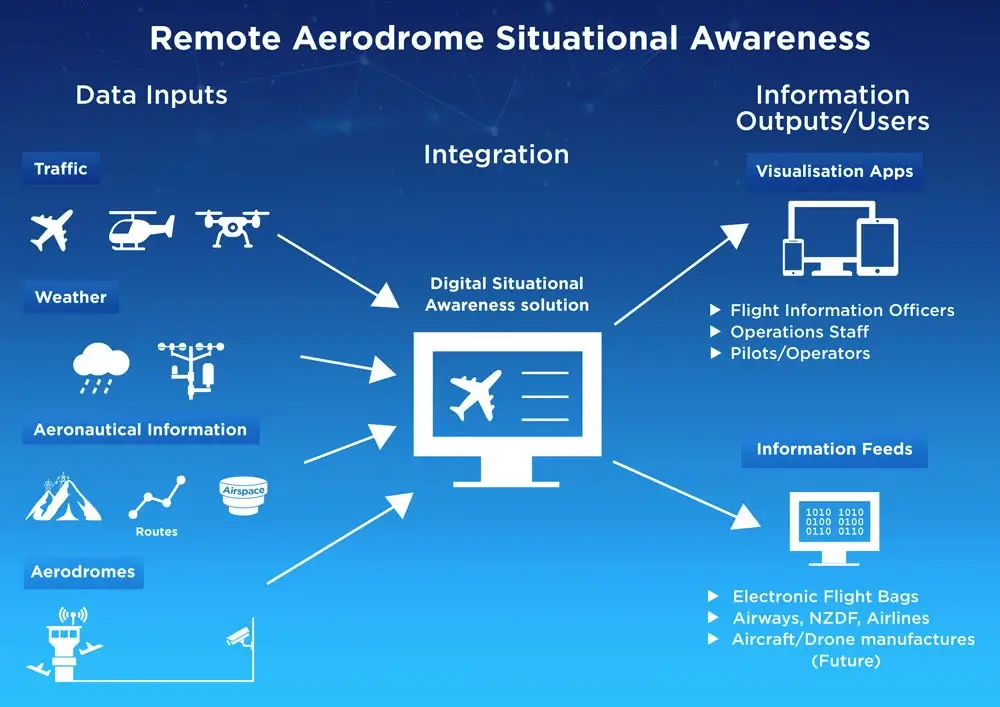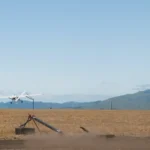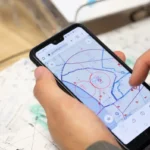Can we provide remote situational awareness for unattended aerodromes?

Greg Tyrrell
Head of Aviation Services, Airways International
In this article, Airways International’s Head of Aviation Services, Greg Tyrrell, discusses our development of a prototype situational awareness tool for unattended aerodromes which could pave the way for a far more efficient service.
Situational awareness at remote unattended aerodromes poses a raft of challenges for air navigation service providers globally.
Imagine a small uncontrolled aerodrome in amongst mountainous terrain, hundreds of kilometres away from a main town or city.
Think Milford Sound, 287km drive from the tourist mecca of Queenstown in the South Island of New Zealand. It’s remote, but a popular tourist destination – not enough air traffic for a controlled service, but plenty of tourist operators and recreational pilots buzzing around daily in fixed wing aircraft and helicopters, with high volumes of traffic at peak times. Throw in a handful of drones a day and you have a potentially high risk aviation environment in uncontrolled airspace.
The financial viability and sustainability of providing an aerodrome Flight Information Service in such a location is critical for air navigation service providers – in the case of Milford, Flight Information Officers (A/FIO) commute from Queenstown to deliver the service, dealing with long hours and fatigue, transient accommodation, and often adverse weather.
It was these kinds of concerns that sparked Airways International to consider the viability of a remote aerodrome situational awareness tool – utilising dynamic data feeds such as air traffic data from Airways’ ATM system, aeronautical information from PreFlight, uncrewed aircraft information from AirShare, and weather information from MetService.
Time for a proof of concept
Leveraging the innovation behind the PreFlight and Flight Advisor dynamic mapping tools for use by New Zealand pilots, Airways International set about building a proof-of-concept/prototype, consisting of two major components – a representative airfield, and the technology solution at a remote location. The prototype was developed in just three months.
The representative airfield was Kapiti Airport at Paraparaumu in New Zealand, and the remote location was in the Aeropath offices in Wellington, where multiple information feeds were integrated.
At the airfield, two high definition cameras were set up to capture live video feeds of the aerodrome, with data sent via 5G to the remote location in central Wellington. The result? We proved that we could provide remote situational awareness for an aerodrome that could be used by a Flight Service operator working from a remote location – and also in various other applications, with the aim to enhance safety.
Taking it to the people
Stakeholder engagement was critical for the next step in the process – to demonstrate the technology and gather feedback around its use from groups of people who would be either end users of the technology, or involved in its operation in some way.
We like to call it “The Wisdom of the Crowd”… bringing groups of people together to understand the problem or challenge; try out the proposed solution in the form of a prototype; and then feed back to us on any and all aspects of the technology to help inform its future development. Here’s who we engaged in the process:
- Airways: ATS Managers, Aerodrome Flight Information Officers, the Technology Group, ALPA (union) representatives
- External to Airways: The Milford User Group, the Civil Aviation Authority’s Aviation Services group.
- Over the period of about four weeks, the above stakeholders spent time interacting with the prototype, with a view to providing rich feedback that could help to further enhance the solution.
What did we learn, and what’s next?
Throughout this process we learned the critical value of engaging stakeholders early in development, to help enhance solutions by honing in on customer challenges and pain points. It’s all part of the culture of innovation within our business – our people take their innovation & continuous improvement mindset into the development of our solutions, and set their focus on really understanding our customers’ needs.
Since launching the prototype and going through the stakeholder engagement process, we’ve been interacting with operators at unattended regional aerodromes throughout New Zealand, to understand how the technology could enhance safety for their operations. Face-to-face engagement with these operators has been hugely important as we work to inform and educate them on how the use of this technology could support remote situational awareness at unattended aerodromes.
From our own research & discovery, and discussions with operators, we’ve learned that there are many options to explore in this area. Provision of remote aerodrome flight information tools and/or services will be an evolution, not a revolution. We intend to gradually introduce the technology to all stakeholders (FIO, company, pilot) and develop experience at each level to determine the way forward.
We’re looking forward to seeing what the future holds in this space – and how Airways International can play a part in it.







